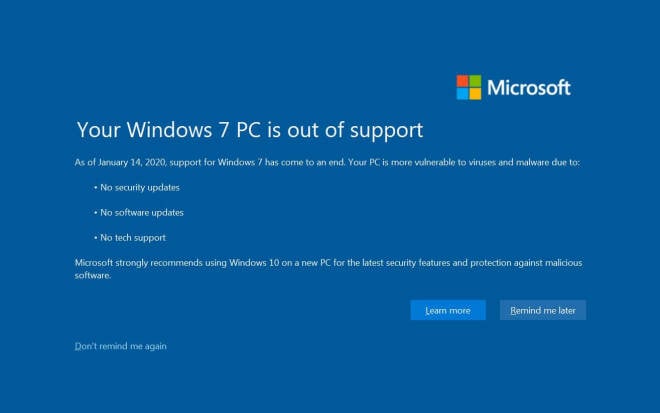Understanding Windows 10 End of Support: What You Need to Know

Introduction
As technology evolves, so do the software programs we use daily. One significant event on the horizon for millions of users is the end of support for Windows 10. As of October 14, 2025, Microsoft will cease all support for this long-serving operating system. This development carries considerable importance, especially for businesses and individual users reliant on Windows for their daily operations.
What Does End of Support Mean?
The end of support means that Microsoft will no longer provide updates, including security patches, for Windows 10. Without these updates, systems can become vulnerable to security threats and malware. Users will need to transition to newer versions of Windows, such as Windows 11, which continues to receive support and updates. This end-of-support milestone compels users to reconsider their operational frameworks, especially since many organizations still utilize Windows 10 for compatibility with legacy software.
Current Trends and Advice
According to recent surveys, around 70% of businesses are still using Windows 10, with many expressing reluctance to upgrade due to concerns about cost and compatibility. However, IT experts recommend planning the transition well in advance to avoid potential security risks. Microsoft has offered resources for a streamlined upgrade process, including tools and guidelines to assist organizations in migrating effectively.
Conclusion: Future Implications
As we edge closer to the October 2025 deadline, users need to prioritize their upgrade plans to ensure they continue benefitting from essential security features and technical support. The implications of remaining on an unsupported system can be drastic—ranging from operational disruptions to increased vulnerability to cyber threats. For consumers and businesses alike, facing the end of Windows 10 support will challenge them to adapt to newer technologies while weighing the costs and benefits of such transitions. Proactive steps today can pave the way for a secure and efficient computing future.


